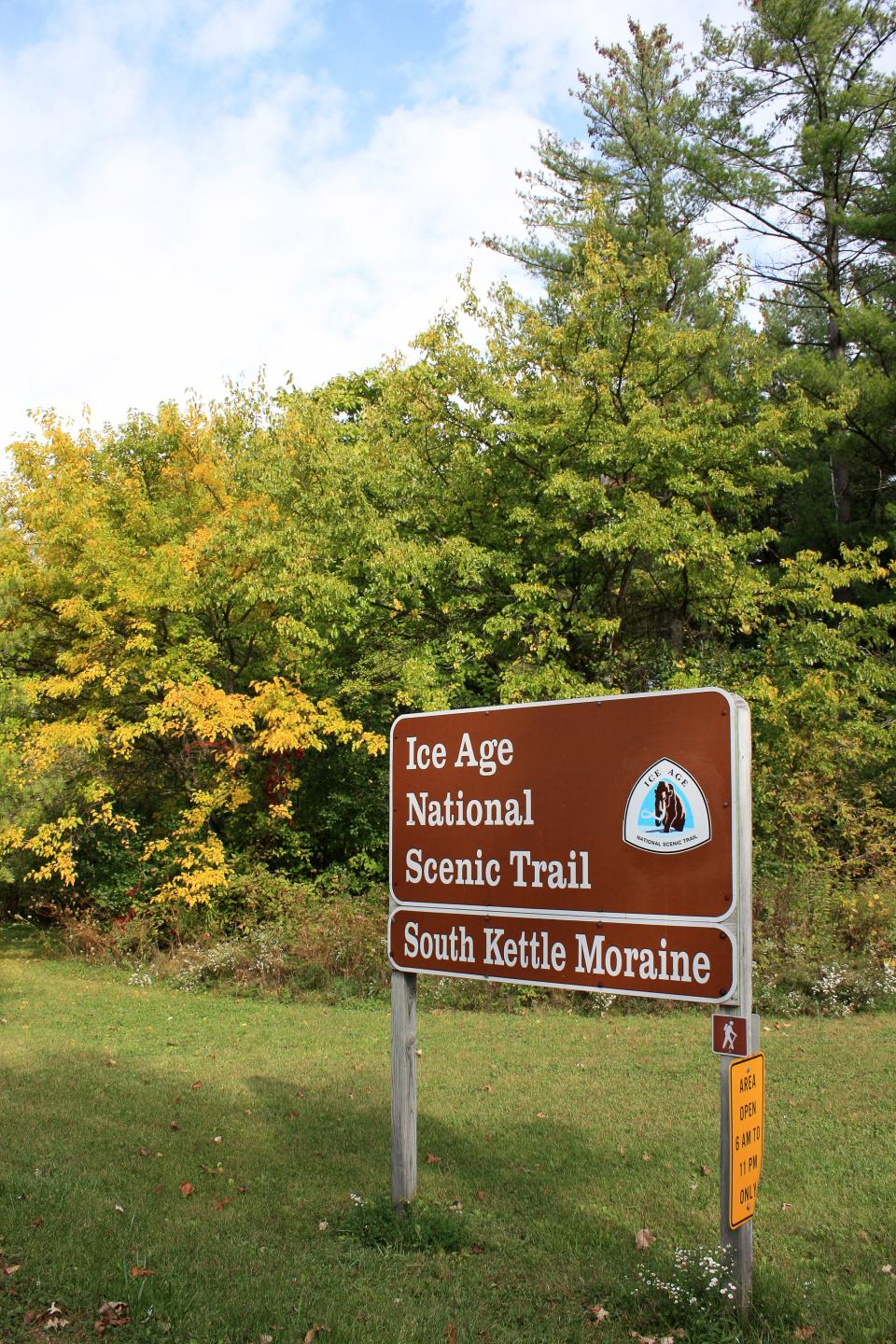Wisconsin to receive about $5 million from Land and Water Conservation Fund

Wisconsin will receive about $5 million this year from the Land and Water Conservation Fund, according to information released Friday by the Department of Interior.
The Badger State's share is part of $296 million distributed from the federal program to all 50 states, U.S. territories and the District of Columbia.
The funding will expand access to the outdoors, inspire collaborative conservation and safeguard the environment, Secretary of the Interior Deb Haaland said in a statement.
The LWCF was established in 1965 by Congress to increase public access to and protection for public lands and waters, including national parks, forests, wildlife refuges and recreation areas but also local sites. It provides matching grants to Tribal, state and local governments to support the acquisition and development of land for public parks and other outdoor recreation areas.
The program is funded not by taxpayers but by fees from companies extracting oil and gas from offshore U.S. reserves.
Since its inception LWCF has provided $5.2 billion to support more than 45,000 projects in states and territories, according to the DOI.
The work has included at least one project in each county in the nation.
Wisconsin has received 1,858 grants through the program, according to the DOI. The Department of Natural Resources administers the program in Wisconsin.
Funds received by the DNR are split between DNR projects and grants to local governments for outdoor recreation activities. Grants cover 50% of eligible project costs, according to the DNR.
Since the program began, the Chequamegon-Nicolet National Forest has received $39.7 million, the largest amount of LWCF funding in Wisconsin, according to DOI data.
The Ice Age National Scenic Trail is second, with $17.2 million, followed by the Upper Mississippi River National Wildlife Refuge at $9.9 million.
Other examples of LWCF funding in Wisconsin include Loop the Locks trail development in Little Chute ($483,072 in 2019), Burnham Park redevelopment in Milwaukee ($403,225 in 2018), and Miracle Field ball diamond development in Fond du Lac ($300,419 in 2021).
From 2011-21 (the most recent data available) the DNR approved 53 LWCF grants in the state.
The LWCF received a significant boost in 2020 when, as part of the Great American Outdoors Act, Congress permanently and fully funded the program. The LWCF is authorized to receive and distribute up to $900 million each year.
The allocation for each state and territory is determined through a formula set in the Land and Water Conservation Fund Act and is largely based on population.
Wisconsin's share for 2023 is $4.98 million; California will receive the largest amount, $24.9 million.
Aquatic Invasive Species Snapshot Day
The DNR and partners will hold Aquatic Invasive Species Snapshot Day on Aug. 19 at sites across Wisconsin.
The event relies on volunteers to monitor streams, lakes and wetlands at designated sites for signs of non-native plants and animals. The aquatic invasive species pose risks to Wisconsin waterways and native wildlife, according to the DNR.
The DNR describes Aquatic Invasive Species Snapshot Day as a "fun, hands-on effort."
Volunteers can elect to participate at 26 locations hosted by local conservation groups. An optional training session will be held Aug. 11 via Zoom.
Last year approximately 150 volunteers monitored 234 sites in Wisconsin, according to the DNR. The event is free; recommended ages are 8 and up. Minors must be accompanied by an adult.
To register for Aquatic Invasive Species Snapshot Day, visit wateractionvolunteers.org.
For more information, contact Emily Heald by email at emily.heald@wisc.edu or phone at (608) 262-6333.
Wisconsin County Deer Advisory Council
The application period is open through Aug. 15 for local seats in Wisconsin's County Deer Advisory Council (CDAC) program.
The CDAC program was established in 2014 as a recommendation of the Deer Trustee Review, an initiative of former Gov. Scott Walker to reform the state's deer management program. James Kroll, a professor at Stephen F. Austin University in Texas, was hired to lead the review.
The councils are intended to provide an open venue to develop county-specific deer population objectives and herd management strategies through public involvement, according to the DNR. To do so, council members review and consider a variety of metrics on deer herd trends, impacts to habitat and various human-deer interactions.
Each CDAC has a seat for a local representative of the following areas: agriculture, forestry, tourism, transportation, hunting, land management and local government.
CDAC members are unpaid volunteers. They meet annually to review deer management data, gather public input and provide recommendations on local deer hunting season frameworks and antlerless quotas to the DNR and the Natural Resources Board.
Applicants must have experience or involvement with at least one of the seven stakeholder categories. The application period for each county is open until Aug. 15.
To learn more or apply for a seat, visit dnr.wi.gov and search for "CDAC."
This article originally appeared on Milwaukee Journal Sentinel: Wisconsin to receive $5 million from Land and Water Conservation Fund

